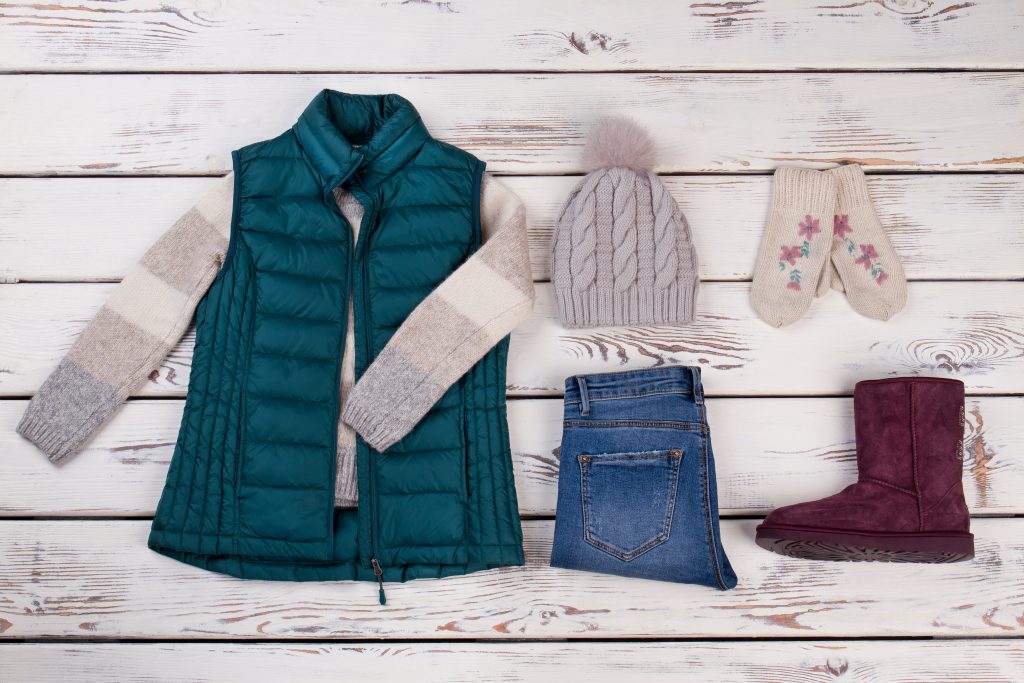We have all been there — it is freezing outside, and so you put on a nice warm coat, but when you get to the Fine Arts Building, you start sweating because it is so hot. At least you can take off the jacket for class, but then you have to go to Lecture Hall, and it is not cold enough for a jacket but too chilly for just a T-shirt. How does one navigate the complicated climate of Binghamton University? Keep reading for a few tips on how to properly layer during the winter.
The base layer (top)
Similar to painting, the base layer is probably the most important because if it is done wrong, then the whole outfit is in trouble. The perfect base layer is well-fitted, breathable and fairly light. One of the biggest challenges facing the base layer is that it has the potential to trap sweat and moisture. In order to avoid this, stay away from cotton and synthetic fabrics. It is also important to remember that the primary purpose of the base layer is functional, not aesthetic, so do not worry too much about how it looks.
The base layer (bottom)
If you ever feel that your legs get colder faster than the rest of your body, then this part of the article is for you. It can be easy to ignore layering your legs because there are not as many options available, but it is still crucial to remember them. The best way to keep your legs warm is to wear leggings or long underwear under your pants, which will allow you to stay fashionable with your outer layer but not sacrifice being comfortable.
The outer layers
Once you have selected your base layer, you need to move on to the outer layers that will do most of the hard work protecting you from the cold Binghamton weather. Generally speaking, it is best to go from light to heavy, starting with your most breathable layer on the bottom and working your way up to a heavy jacket or even a parka. You may also want to ensure that your outermost layer is waterproof in case there is rain or snow. The trickiest part of choosing an outer layer is that you have to remember that it can always be removed, so do not be afraid to be liberal with how heavy it is. Once you have gone out, it is much easier to remove a layer than to add an extra one.
Differ your layer lengths
This is an aesthetic tip rather than a functional one, but layering with different lengths can help establish your style and show everyone how fashionable you are. If all of your layers are the same length, you run the risk of them looking bulky. However, if all you care about is staying warm, then feel free to ignore this tip.
Protect the neck and face area
Even the warmest jacket will have a hard time keeping your face warm if you do not bring the proper protective gear. Some options for keeping the top of your head warm are hats or hoods, which are especially beneficial because they also protect your ears from the cold. It is easier now than ever to protect your face because we need to wear masks inside, but a ski mask would provide a warmer option than a paper or cloth mask. Do not forget about your neck as well, which can be protected by a turtleneck or scarf, both of which are quite fashionable and compliment any winter outfit.
Remember your feet
Like the legs, it can be easy to forget to protect your feet because there is not that much that you can do. One idea is to layer your socks, and wearing up to three pairs might be a good idea depending on how cold it is. The tricky part of sock layering is that it could change your shoe size, so keep that in mind when buying winter boots.
Check the weather
The last tip that I have is the most simple, yet perhaps the most important: check the weather. The only way to know how many layers you will need is to check the temperature and weather conditions for the day. However, this process takes patience when you first start because it is hard to know exactly what each temperature means. As you do it more and more, you will learn through experience and eventually become a pro at determining how many layers you will need.



